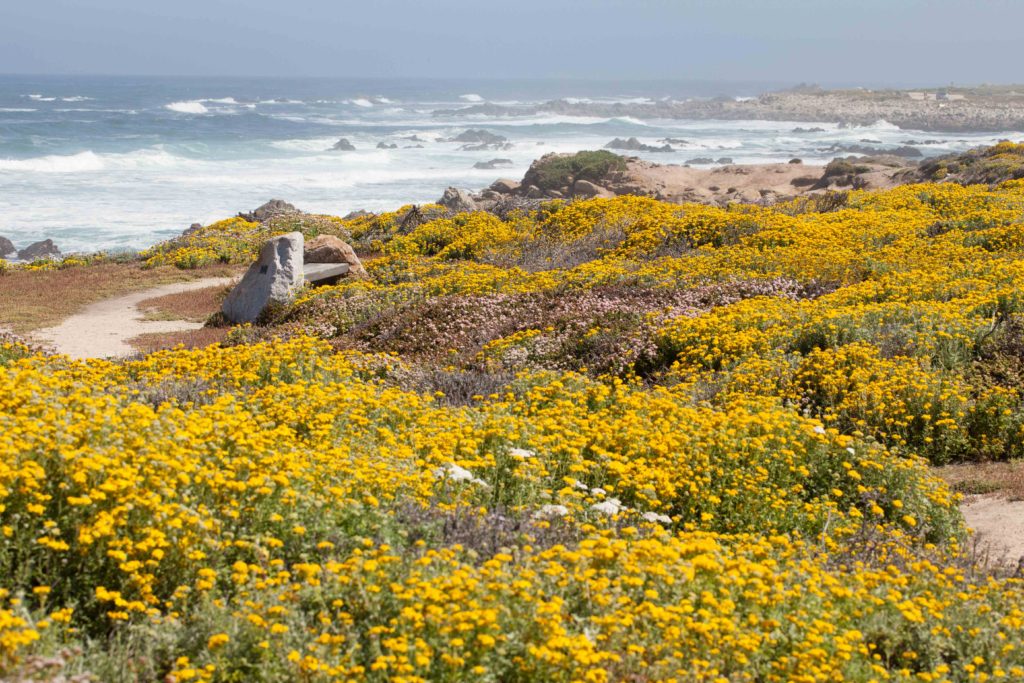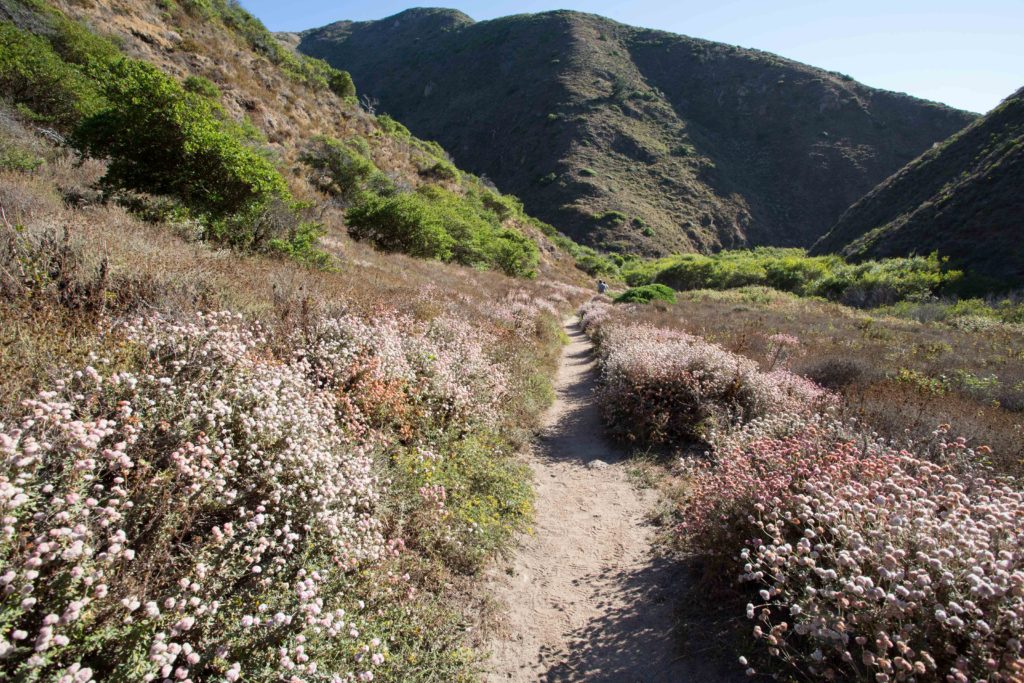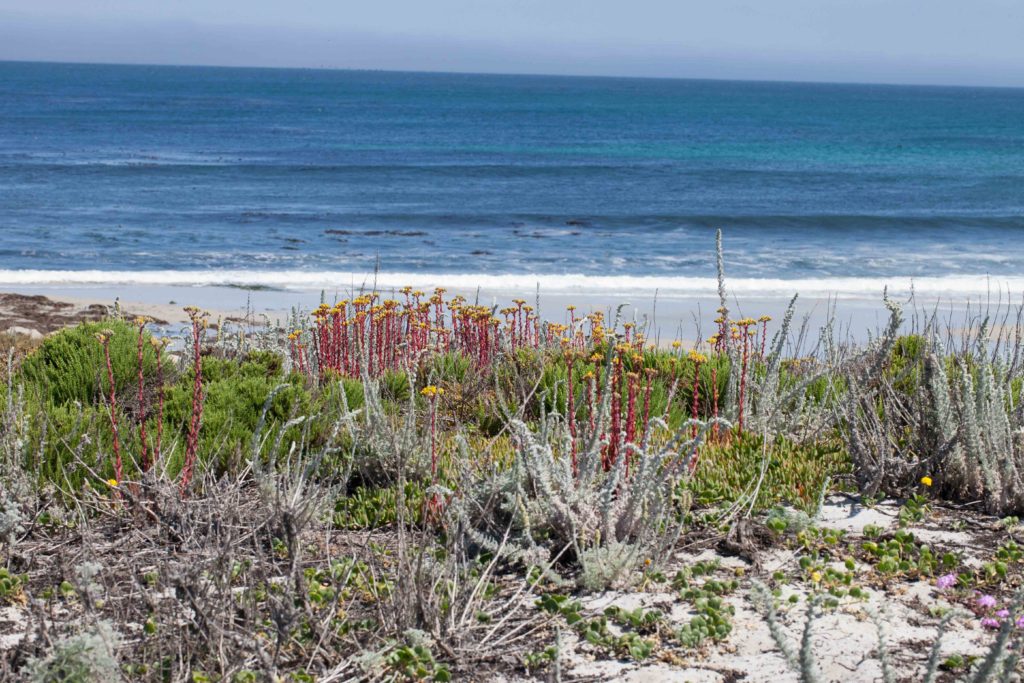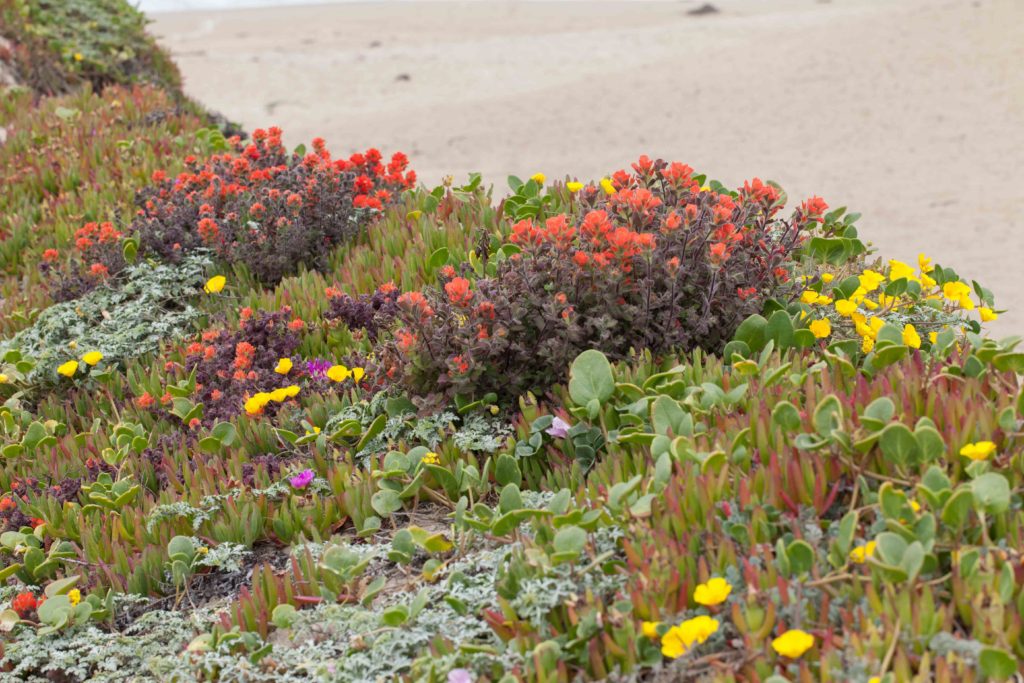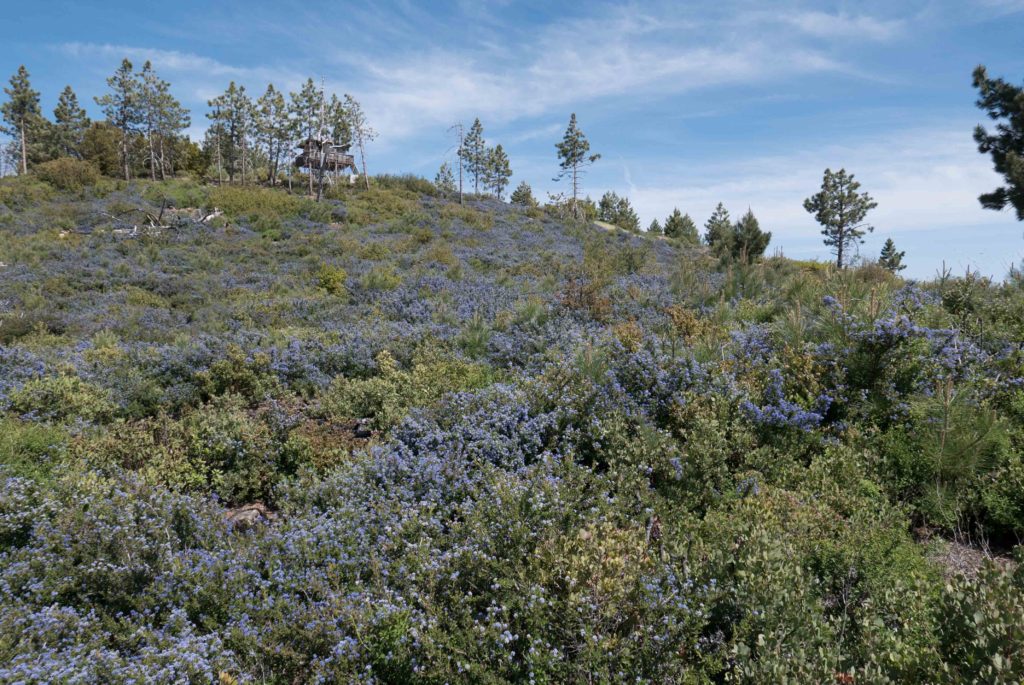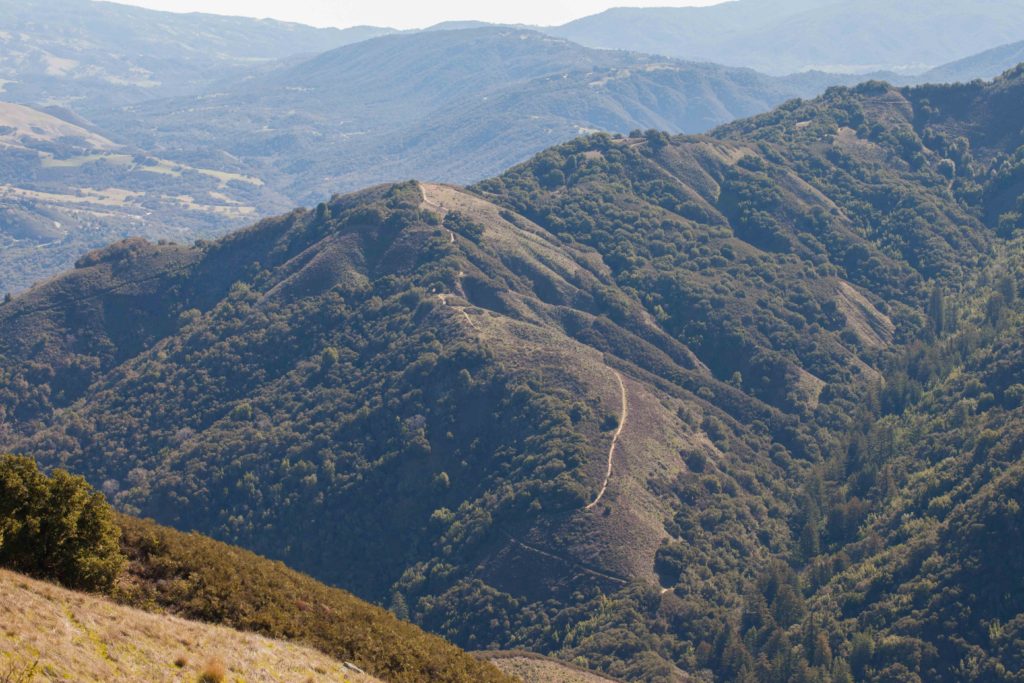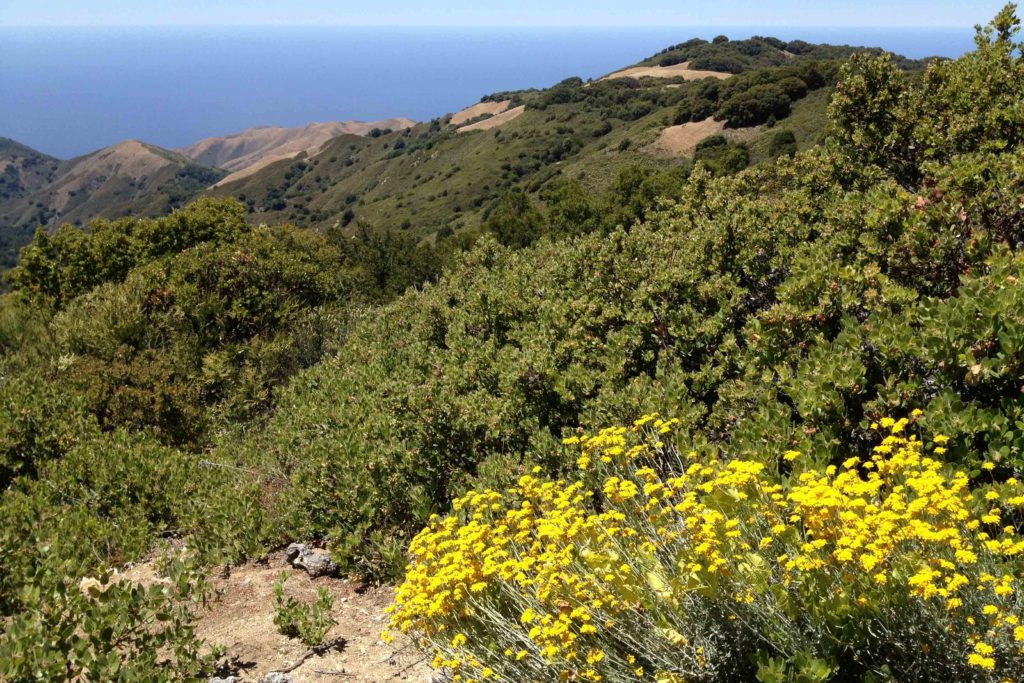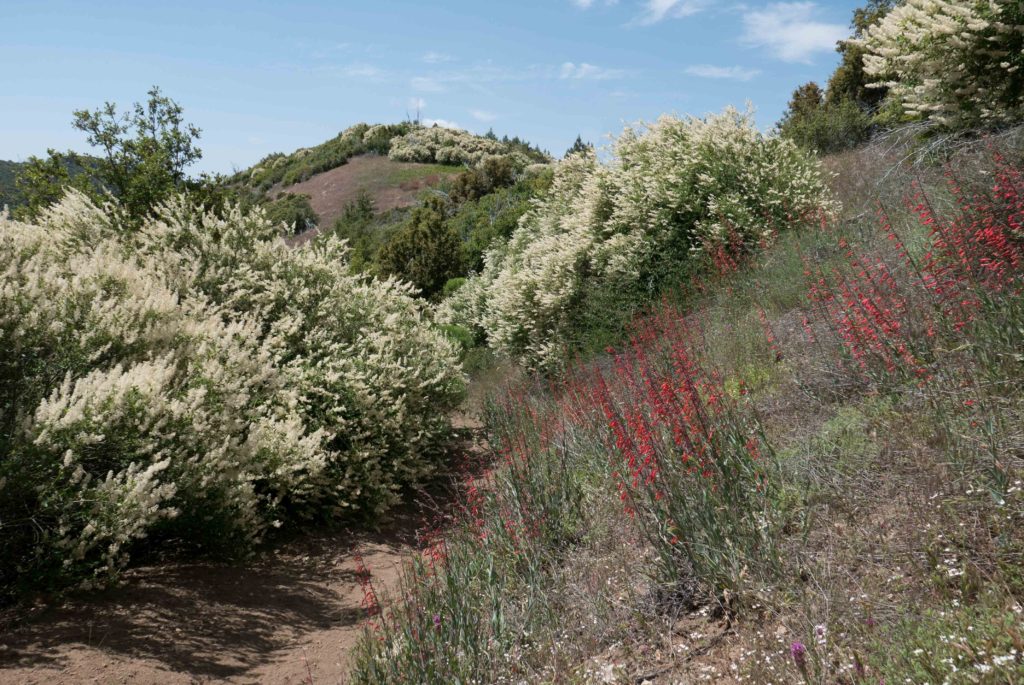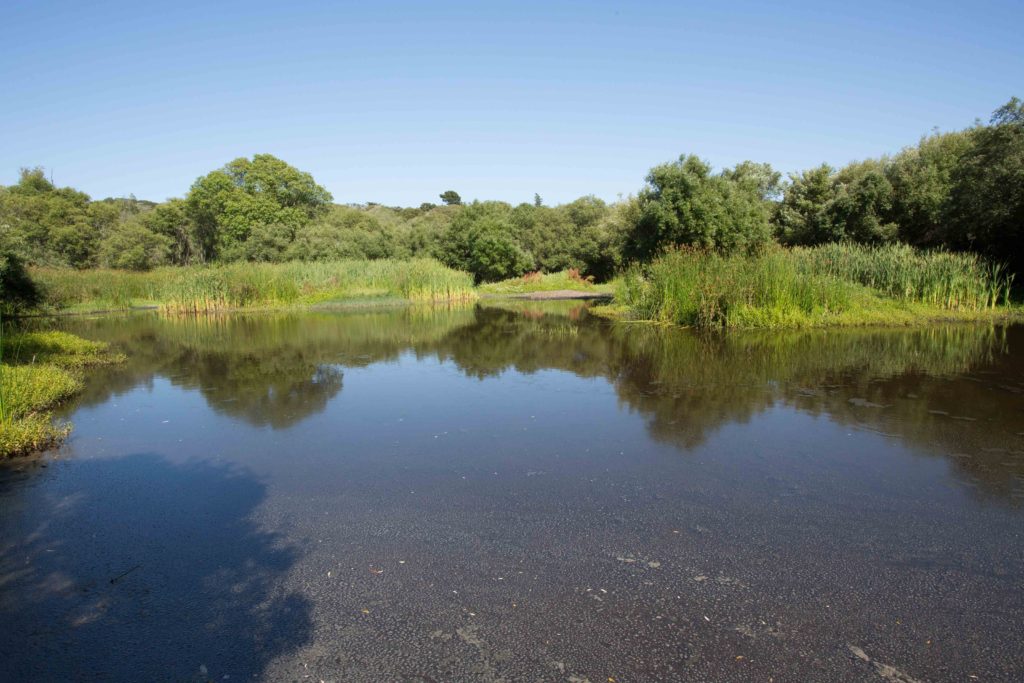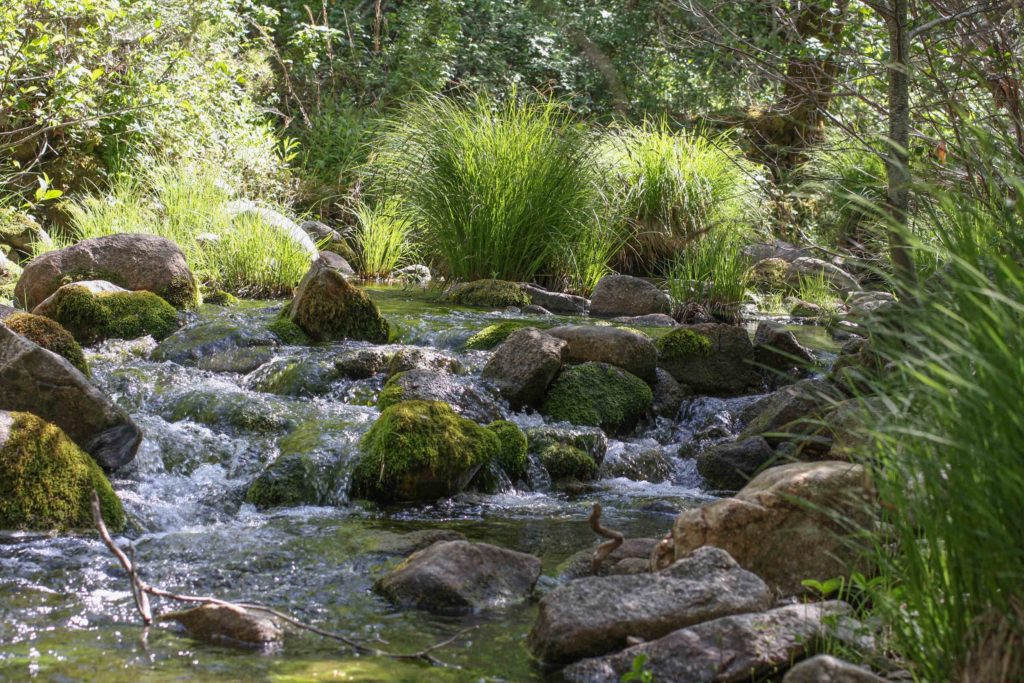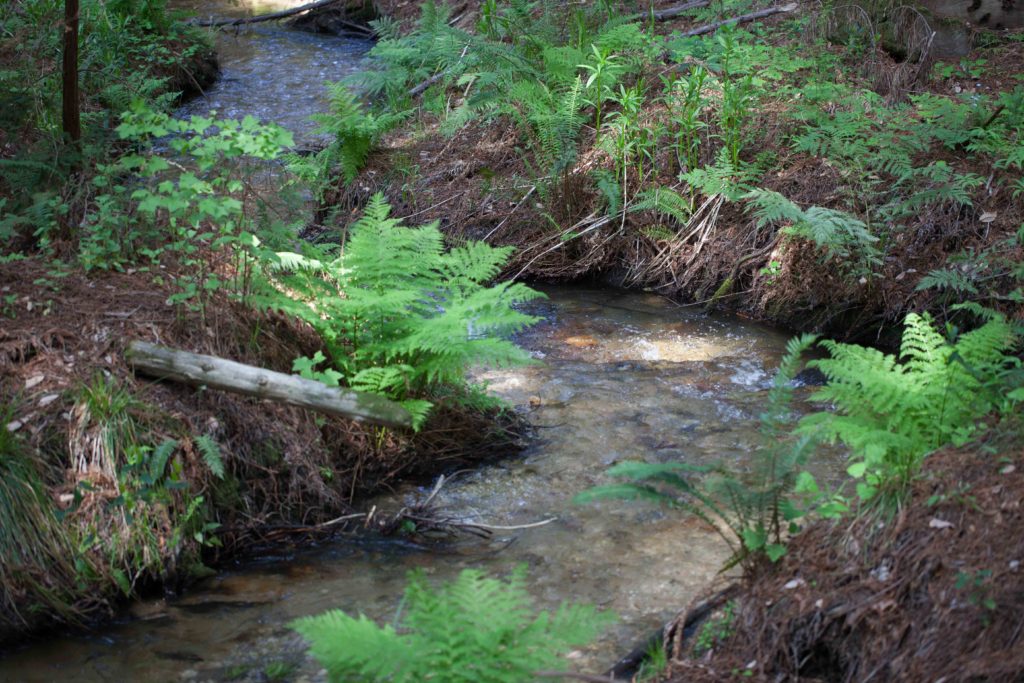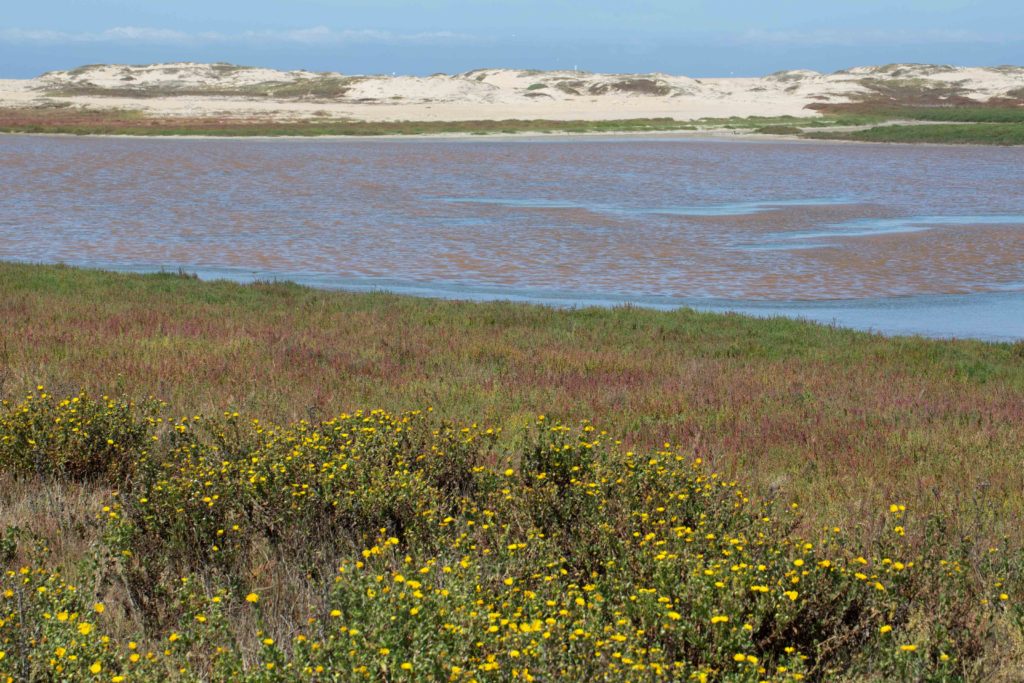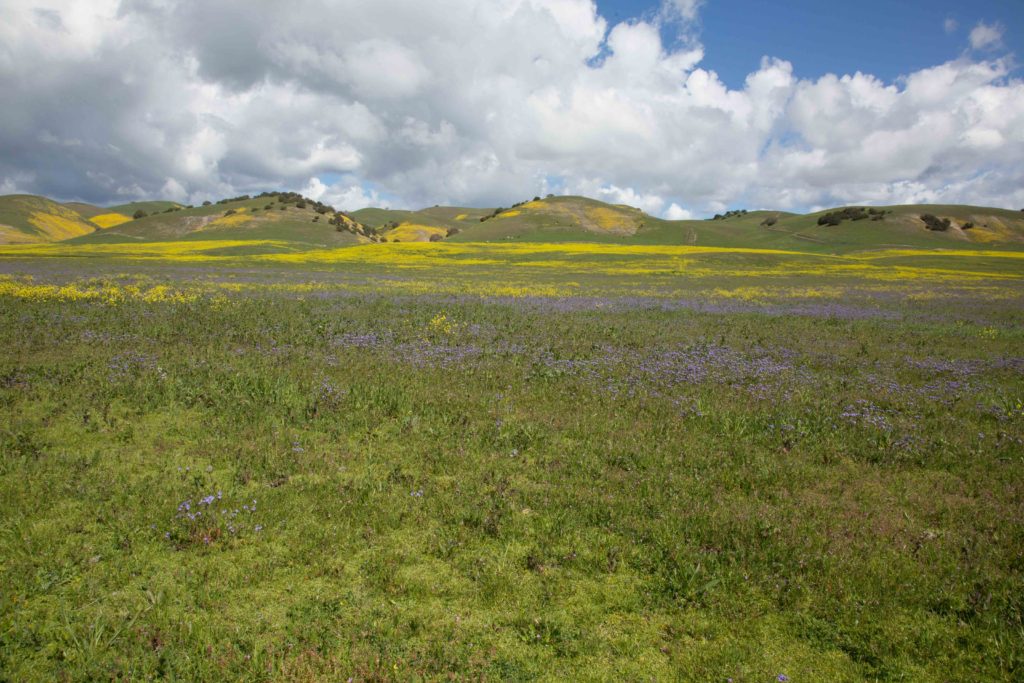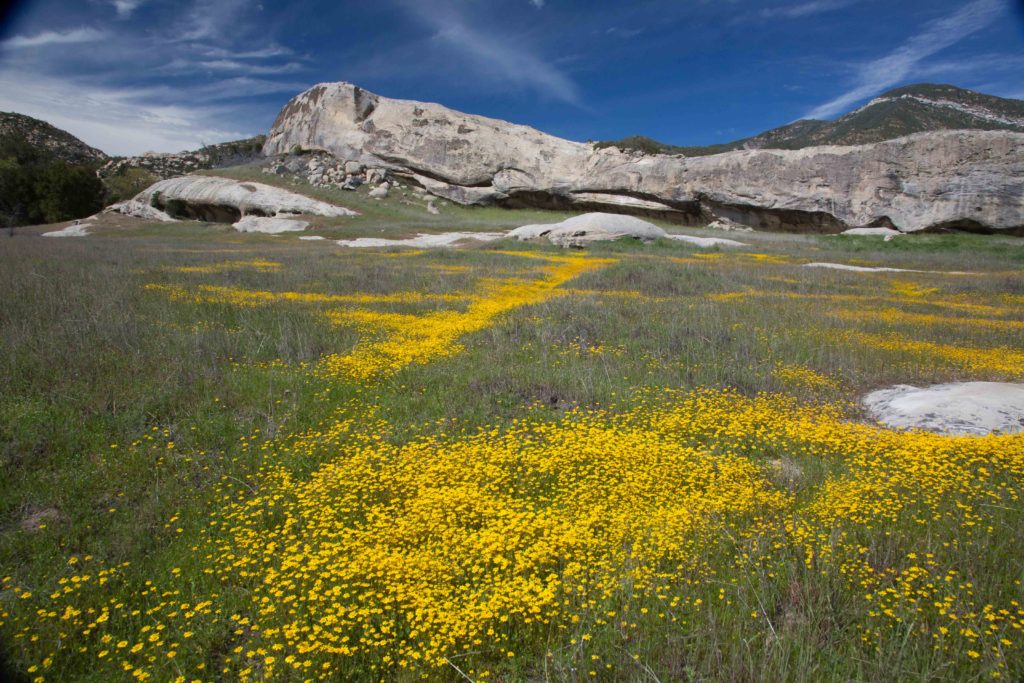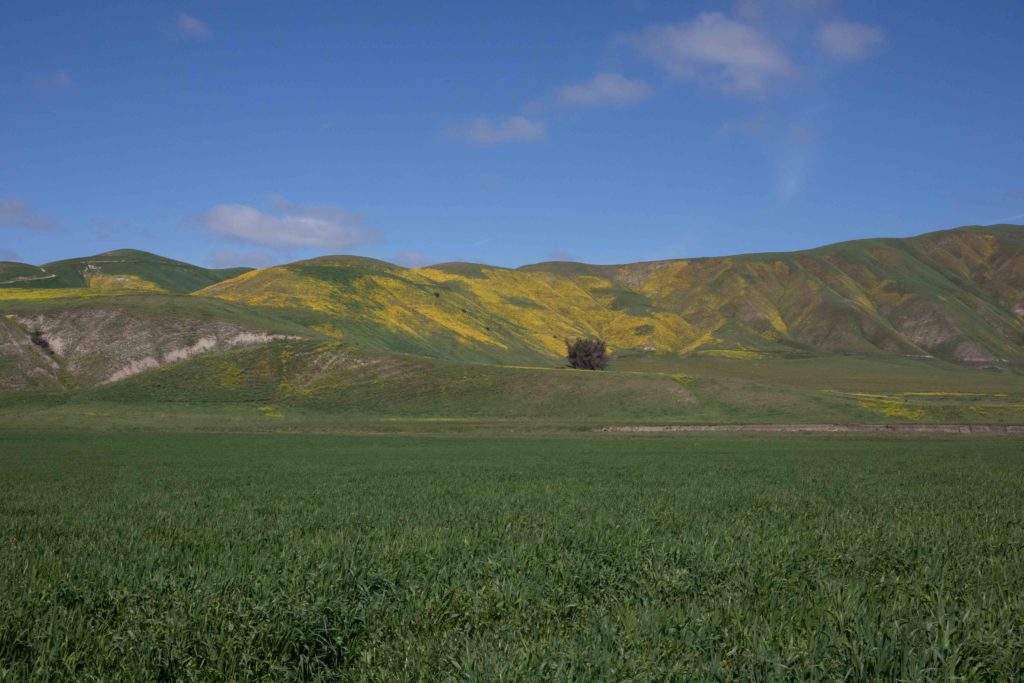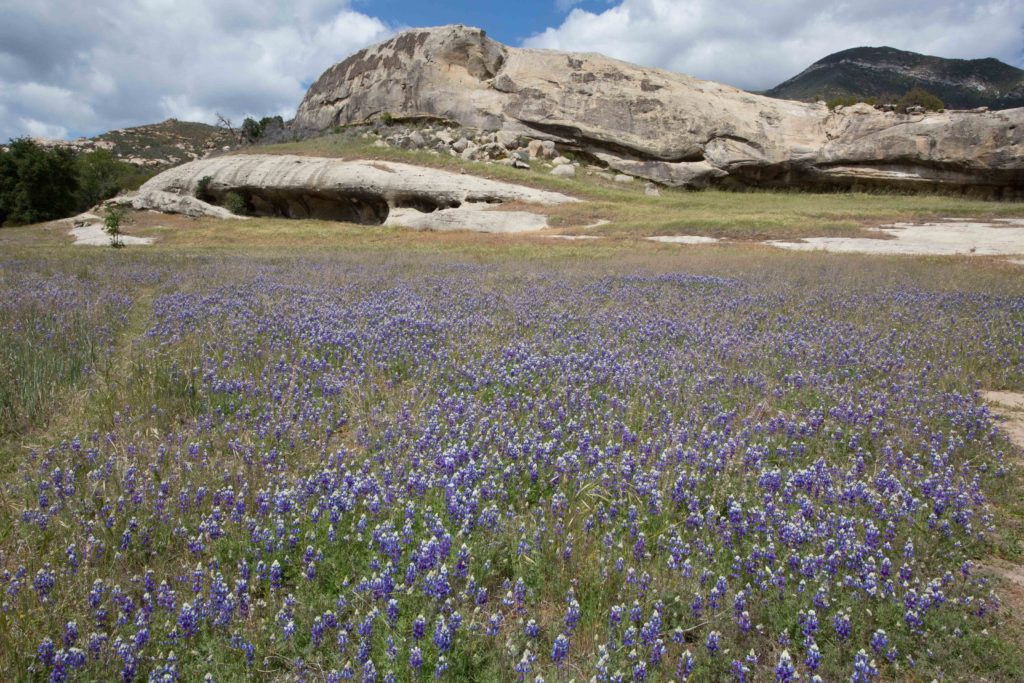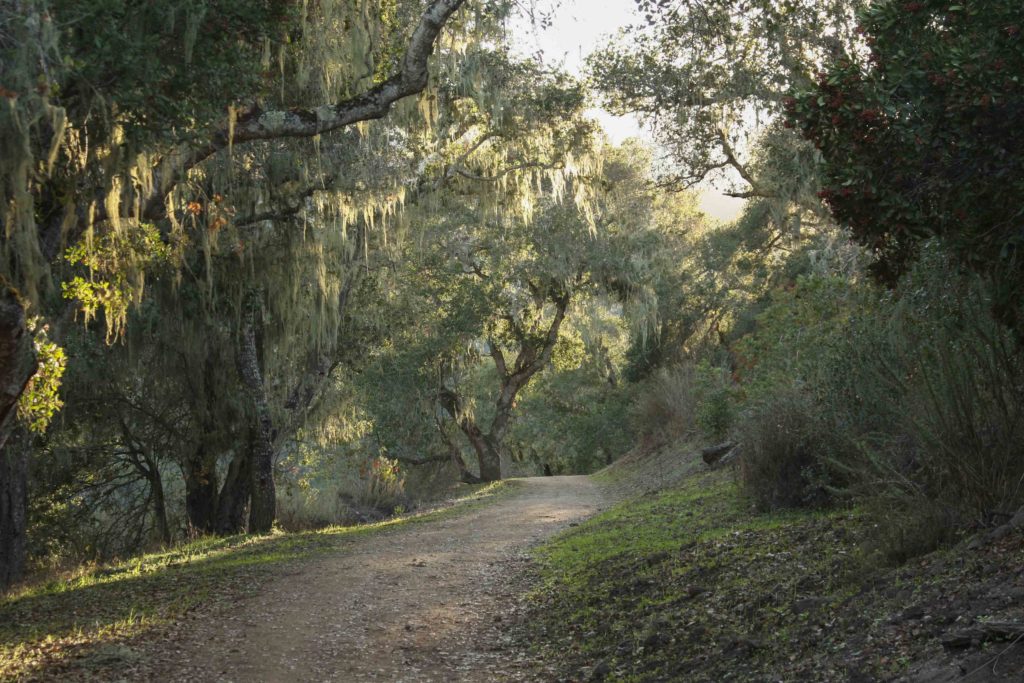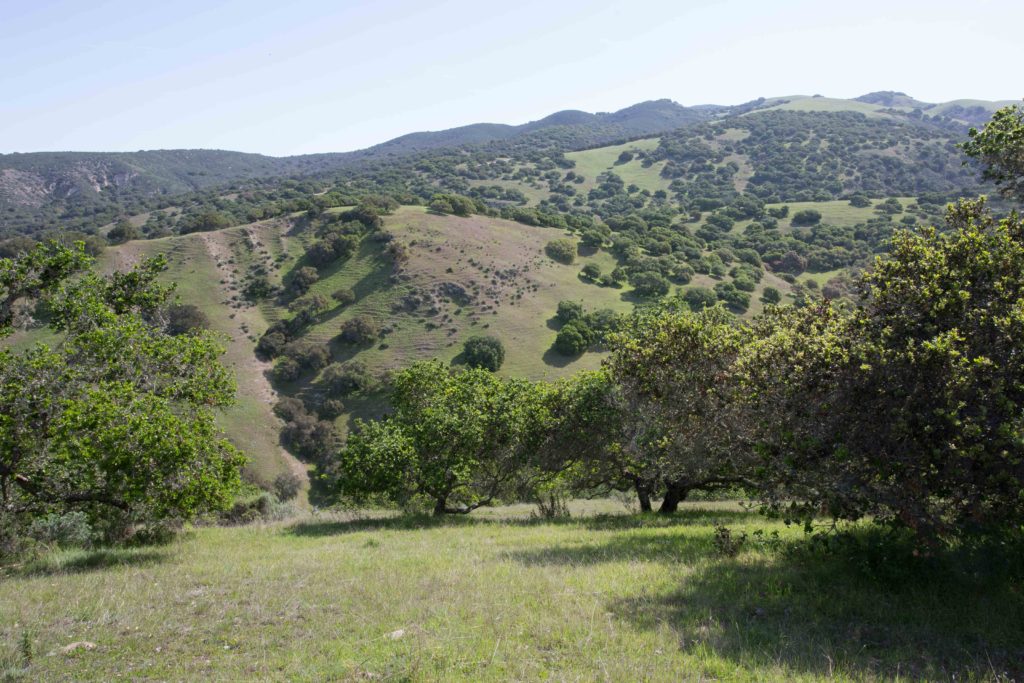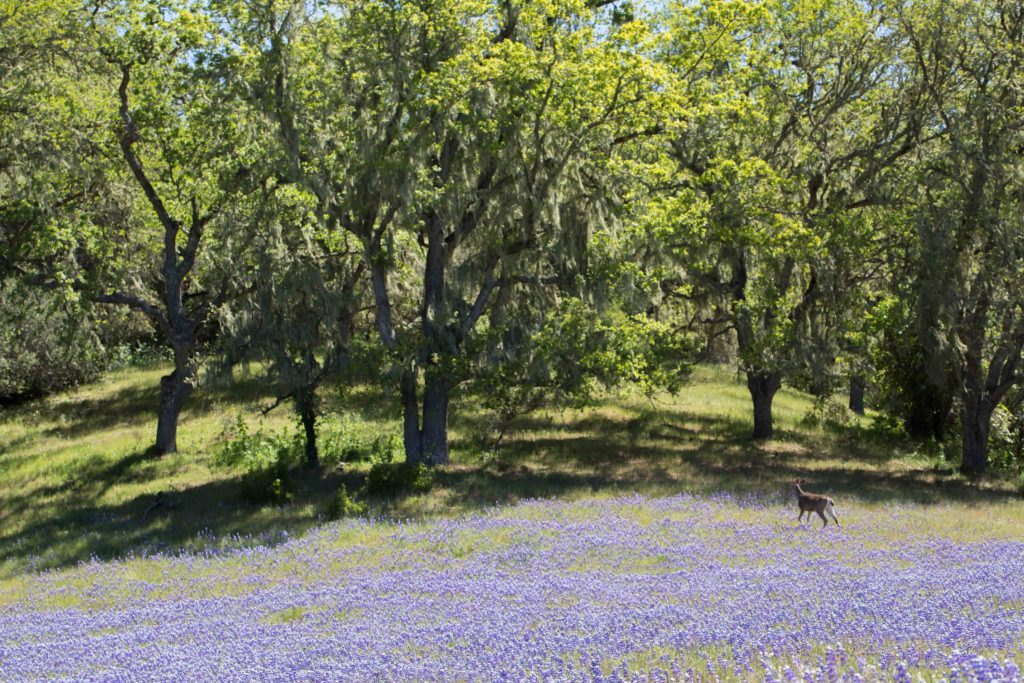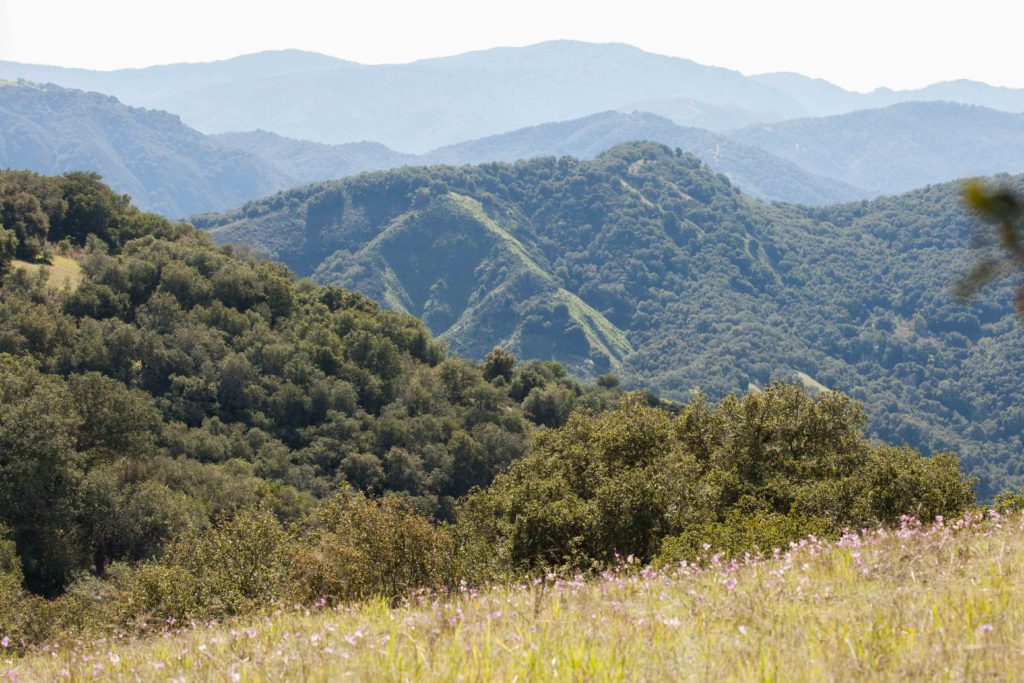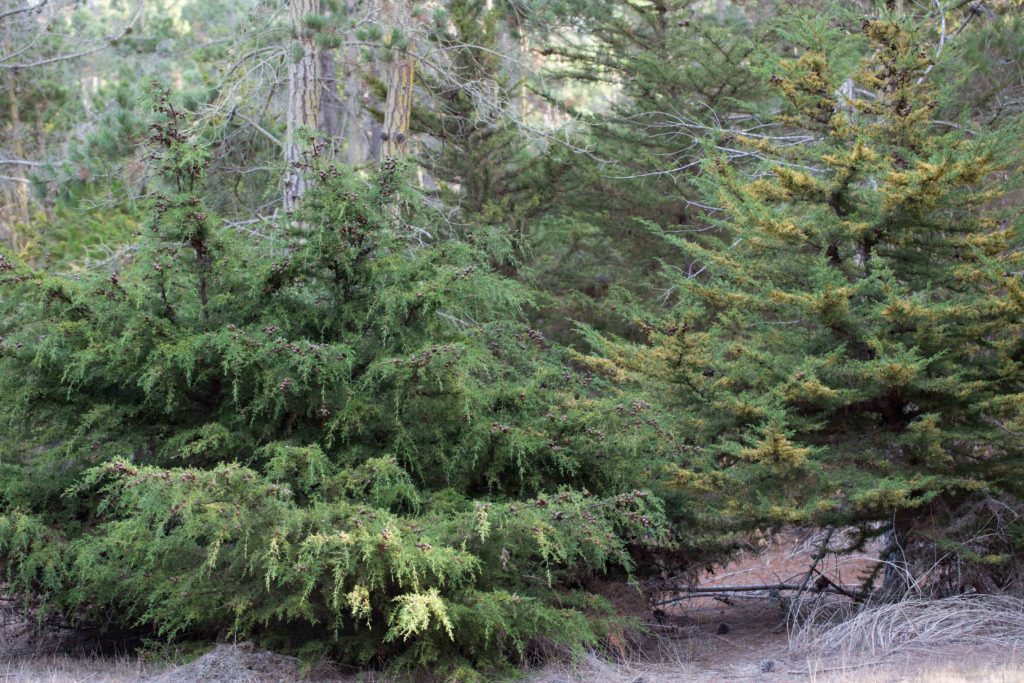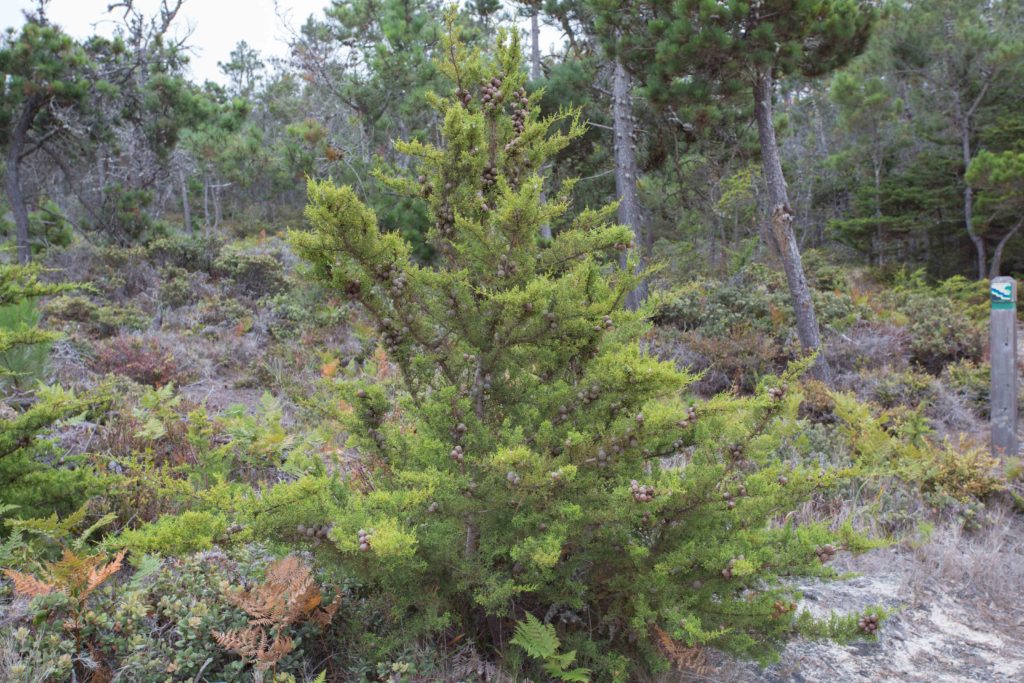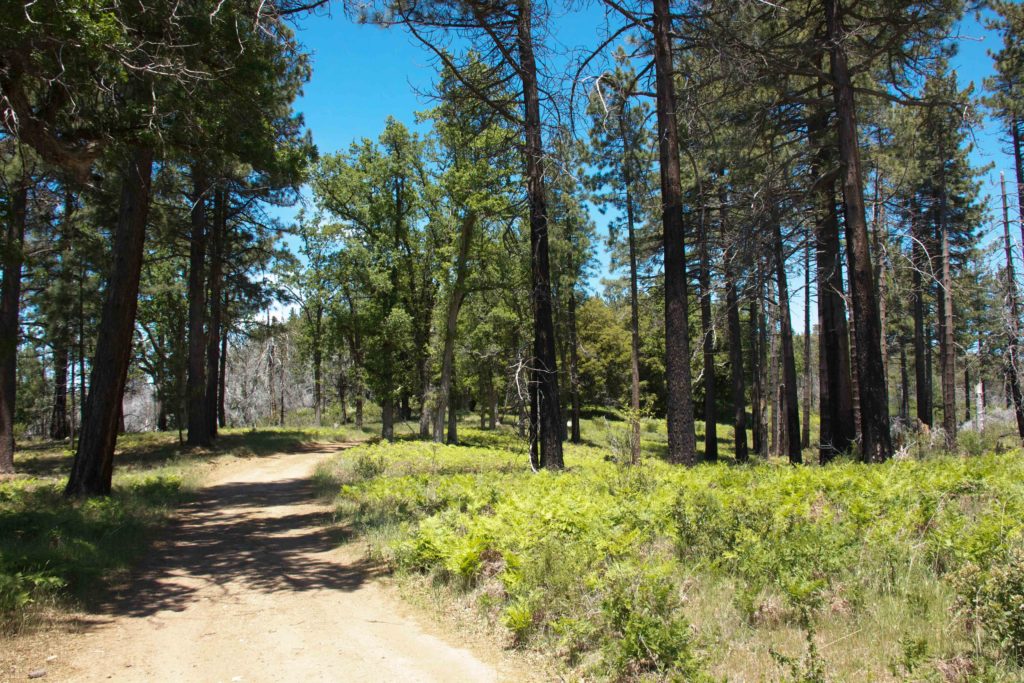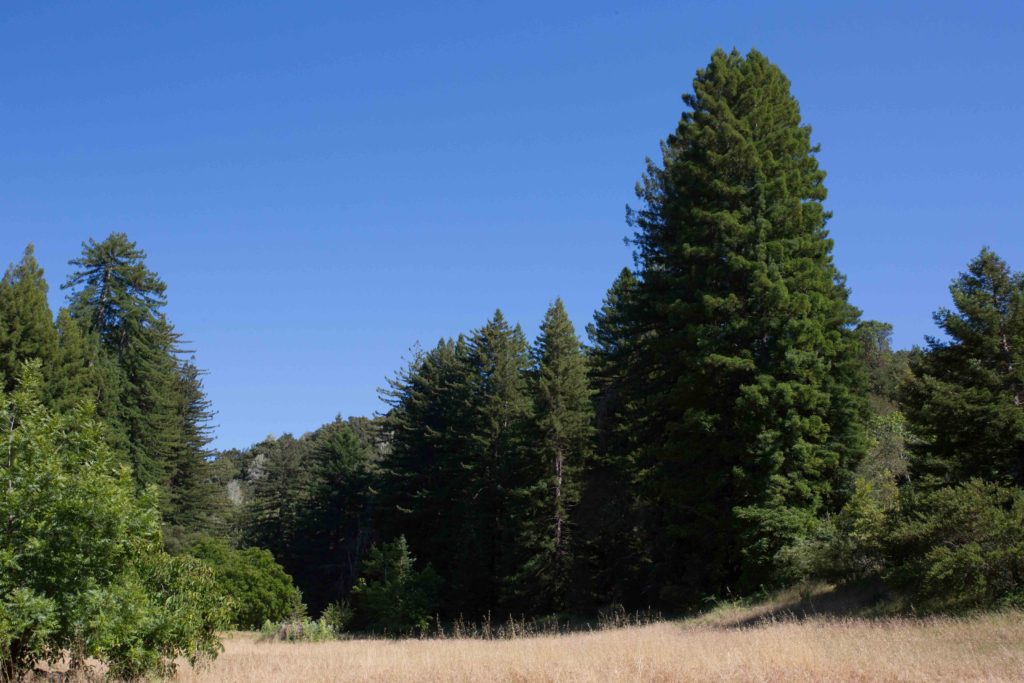MONTEREY COUNTY – SOME NOTES ON GEOGRAPHY AND HABITATS
Monterey County covers some 3,324 square miles of extraordinarily varied geography, geology and climate.
The coastal area includes the dunes and coastal scrub of Monterey Bay, and the dramatic cliffs and coastal bluffs of Big Sur, starting just south of Carmel and continuing to the county’s southern border.
Much of the county is mountainous, forming part of the South Coast Ranges. The Coast Ranges in Monterey comprise the Outer and Inner Coast Ranges, which are divided by the Salinas Valley which runs from the southern boundary of the county near Bradley to the mouth of the Salinas River between Marina and Castroville. Highway 101 follows the course of the Salinas Valley as far north as Salinas.
- The Outer Coast Ranges comprise the Santa Lucia Mountains, which lie to the south and west of the Salinas Valley.
- The Sierra de Salinas (Mount Toro and the rest of the clearly defined range lying to the north and east of Carmel Valley Road) technically fall within the Santa Lucia Mountains.
- The Inner Coast Ranges include the Gabilan and part of the Diablo Ranges; these lie to the east of the Salinas Valley.
- The Gabilan Range runs west of the San Andreas fault from the Pajaro River in the north to near King City in the south and includes the Pinnacles National Park.
- The Diablo Range runs east of the San Andreas fault and extends from the San Francisco Bay area in the north to near the San Luis Obispo County line in the south.
A number of rivers arise in the Santa Lucia Mountains. Some, principally the Carmel and Big Sur Rivers, drain into the Pacific Ocean; others, including the Arroyo Seco, San Antonio, and Nacimiento Rivers, drain into the Salinas River.
The notes that follow are no more than a very basic introduction. The fascinating topic of plant communities and their relationship to geography, geology and climate is a highly complex one. For a simple but authoritative introduction, a good place to start is the Introduction to California Plant Life by Robert Ornduff, Phyllis Faber and Todd Keeler-Wolf in the University of California Press’ California Natural History Guides series. In what follows, I have selected just a few of the dozen or more different plant communities recognized by the experts.
COASTAL
The coastal area includes the dunes and coastal scrub (both characterized by sandy soil), coastal salt marsh (characterized by brackish to saline water) and coastal prairie which is influenced by salt in the environment and the effect of the marine layer on both temperature and moisture levels. Many of the plants that thrive in these often harsh conditions are not found away from the coast.
CHAPARRAL
This is one of the dominant habitats in California, in fact found only in the California Floristic Province (which includes parts of southwestern Oregon and Northern Baja California). Chaparral plants are characterized by relatively stiff, hard, evergreen leaves (think of Chamise, Ceanothus and Manzanita), a high tolerance of drought conditions and the ability to regenerate after wildfires. Herbaceous plants are uncommon in chaparral, partly because of competition from their larger, tougher neighbours and partly because of the allelopathy exhibited by some of the chaparral shrubs (e.g. Chamise). Allelopathy is the mechanism whereby a plant releases a toxin that inhibits the growth of other plants that might compete for the available resources. The extraordinary post-fire blooms sometimes found in chaparral areas is due partly to the destruction of shrubby competitors but partly also to the fact that the heat from the fire vaporizes the allelopathic toxins and allows the herbaceous plants to flourish until such time as the shrubs regenerate and are able to release the toxins and so reestablish their dominance.
WETLAND
Wetlands fall into several distinct categories. There are coastal marshes and neighbouring areas where the water has a high saline content. Only certain plants can tolerate such saline conditions. Then there are freshwater marshes, rivers and streams which are home to aquatic plants and to plants which require or at least tolerate high levels of water in the soil. Certain riparian trees, for example alders and willows, both require access to water and will quickly suffer or die if that access is cut off. Then there are vernal pools which fill during the winter months and dry out during the summer months. A number of plants, including many reeds, rushes and sedges are found in the drying or dry mud of such pools.
VALLEY GRASSLAND
This once occupied great swathes of the Central Valley but has been much reduced as more of the land has been taken over by intensive agriculture. Valley grassland is also to be found in some of the lower valleys and gentler slopes to be found in the Coast Ranges. Once characterized by native grasses, but these have now been almost completely replaced by introduced annual grasses. In some places that have remained unaffected by intensive farming, valley grassland is home to spectacular displays of annual wildflowers.
VALLEY & FOOTHILL WOODLAND
One of the most common habitats in the Monterey Peninsula and Outer Coast Ranges, this is often dominated by the Coast Live Oak but with a number of other species of oak also commonly found as well as a range of other trees such as pines, maples, sycamore and bay laurel. Other than pine woodland, valley and foothill woodlands tend to have a rich understory of shrubs and herbaceous plants as well as the seemingly ever-present poison oak. It has been observed (and can easily be seen from many higher elevations) that ridges that have a north-facing and a south-facing elevation will tend to have woodland on the (cooler and often wetter) north-facing slopes and chaparral on the (dryer and hotter) south-facing slopes.
CONIFER WOODLAND
There are several distinct forms of conifer woodlands. First there is the Redwood Forest; redwoods reach the southern limit of their range in the Big Sur area. They are able to survive this far south because of the effect of the coastal fog (the marine layer) which is reported to provide them with the equivalent of about 10 inches of rain each year. Secondly there is the closed-cone conifer woodland, characterized by species such as Monterey and Bishop Pine, Monterey and Gowen Cypress and other plants that tolerate acidic soil; an excellent example is found in the Del Monte Forest. Thirdly there is yellow pine forest, characterized, as the name suggests, by yellow pine such as Ponderosa and Coulter Pines which need higher than average rainfall; this type of forest tends to be found at higher elevations and to be more open than the rather denser closed-cone conifer woodland.
